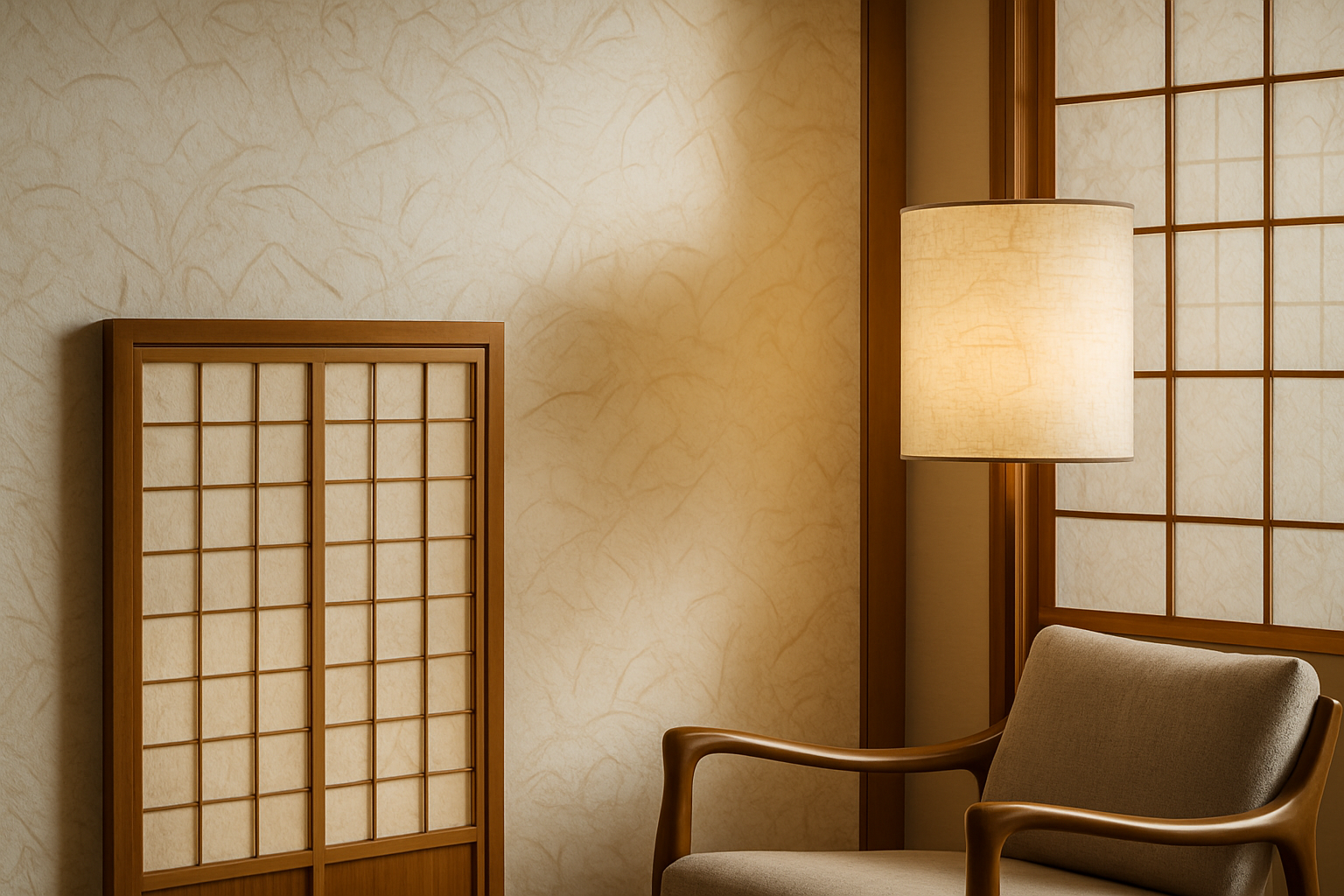Furniture: Understanding Types, Quality, and Design Trends
Furniture plays a crucial role in our daily lives, providing comfort, functionality, and aesthetic appeal to both homes and offices. From cozy sofas to ergonomic office chairs, the world of furniture encompasses a wide range of products designed to meet various needs and preferences. This article explores different types of furniture, factors influencing quality and durability, and how design trends shape our furniture choices.

What are the different types of furniture for home and office use?
Furniture can be broadly categorized into residential and commercial types, each serving specific purposes. For homes, common furniture pieces include:
-
Living room furniture: Sofas, armchairs, coffee tables, and entertainment units
-
Bedroom furniture: Beds, dressers, nightstands, and wardrobes
-
Dining room furniture: Tables, chairs, sideboards, and buffets
-
Kitchen furniture: Cabinets, islands, and bar stools
Office furniture, on the other hand, typically includes:
-
Desks and workstations
-
Office chairs and seating solutions
-
Filing cabinets and storage units
-
Conference tables and meeting room furniture
Many furniture pieces can serve dual purposes, adapting to both home and office environments. For example, a sleek desk can function as a workspace in a home office or a corporate setting, while comfortable lounge chairs can enhance relaxation areas in both residential and commercial spaces.
What factors influence the quality and durability of furniture?
Several key factors contribute to the overall quality and longevity of furniture:
-
Materials: The choice of materials significantly impacts furniture quality. Solid wood, high-grade metals, and premium fabrics generally offer better durability compared to particle board or low-quality synthetic materials.
-
Construction techniques: Well-crafted furniture employs sturdy joinery methods, such as dovetail joints for drawers or mortise and tenon joints for wooden frames. These techniques enhance structural integrity and longevity.
-
Finish quality: A high-quality finish not only improves aesthetics but also protects the furniture from wear, moisture, and other environmental factors.
-
Functionality: Well-designed furniture should serve its intended purpose efficiently while withstanding regular use. For example, drawer slides should operate smoothly, and chair mechanisms should provide proper support.
-
Brand reputation: Established furniture brands often have a track record of producing quality pieces and may offer better warranties and customer support.
-
Manufacturing standards: Furniture produced in facilities adhering to strict quality control measures and industry standards is more likely to meet high-quality benchmarks.
-
Environmental factors: The intended use environment, such as humidity levels, sunlight exposure, and temperature fluctuations, can affect furniture durability. Choosing pieces suited to specific conditions can enhance longevity.
How do design trends affect furniture choices?
Design trends play a significant role in shaping furniture preferences and manufacturing decisions. Here are some ways in which trends influence furniture choices:
-
Aesthetic appeal: Current design trends, such as minimalism, mid-century modern, or industrial styles, often dictate the overall look of furniture pieces, including shapes, colors, and finishes.
-
Functionality: Trends in lifestyle and work habits can lead to the development of multifunctional furniture, such as convertible sofas or height-adjustable desks.
-
Sustainability: Growing environmental awareness has sparked a trend towards eco-friendly furniture made from sustainable materials or upcycled products.
-
Technology integration: As smart home technology advances, furniture designs are adapting to incorporate features like built-in charging stations or integrated speakers.
-
Space optimization: With urbanization and smaller living spaces becoming more common, there’s a trend towards compact, modular, and space-saving furniture designs.
-
Color palettes: Fashion and interior design color trends often influence furniture upholstery and finish choices, with certain hues gaining popularity in specific seasons or years.
-
Cultural influences: Globalization has led to the incorporation of diverse cultural elements in furniture design, blending traditional craftsmanship with modern aesthetics.
-
Health and wellness: Ergonomic design trends have gained prominence, particularly in office furniture, focusing on promoting better posture and overall well-being.
What are some popular furniture styles and their characteristics?
Furniture styles have evolved over time, reflecting cultural, technological, and aesthetic changes. Some popular styles include:
-
Traditional: Characterized by ornate details, rich wood tones, and classic silhouettes inspired by 18th and 19th-century European designs.
-
Modern: Emphasizing clean lines, minimalism, and functionality, often featuring materials like metal, glass, and molded plastics.
-
Mid-century modern: Popularized in the 1950s and 1960s, this style features organic shapes, tapered legs, and a blend of traditional and modern materials.
-
Contemporary: Reflecting current design trends, contemporary furniture often combines elements from various styles with a focus on comfort and versatility.
-
Industrial: Inspired by factory and warehouse aesthetics, this style incorporates raw materials like metal and reclaimed wood with a utilitarian approach.
-
Scandinavian: Known for its simplicity, functionality, and light color palettes, often featuring natural materials and minimalist designs.
Understanding these styles can help individuals make informed decisions when selecting furniture that aligns with their personal tastes and complements their living or working spaces.
In conclusion, furniture plays a vital role in creating functional and aesthetically pleasing environments. By considering the types of furniture available, factors influencing quality and durability, and the impact of design trends, individuals and businesses can make informed choices that enhance their spaces and meet their specific needs.




